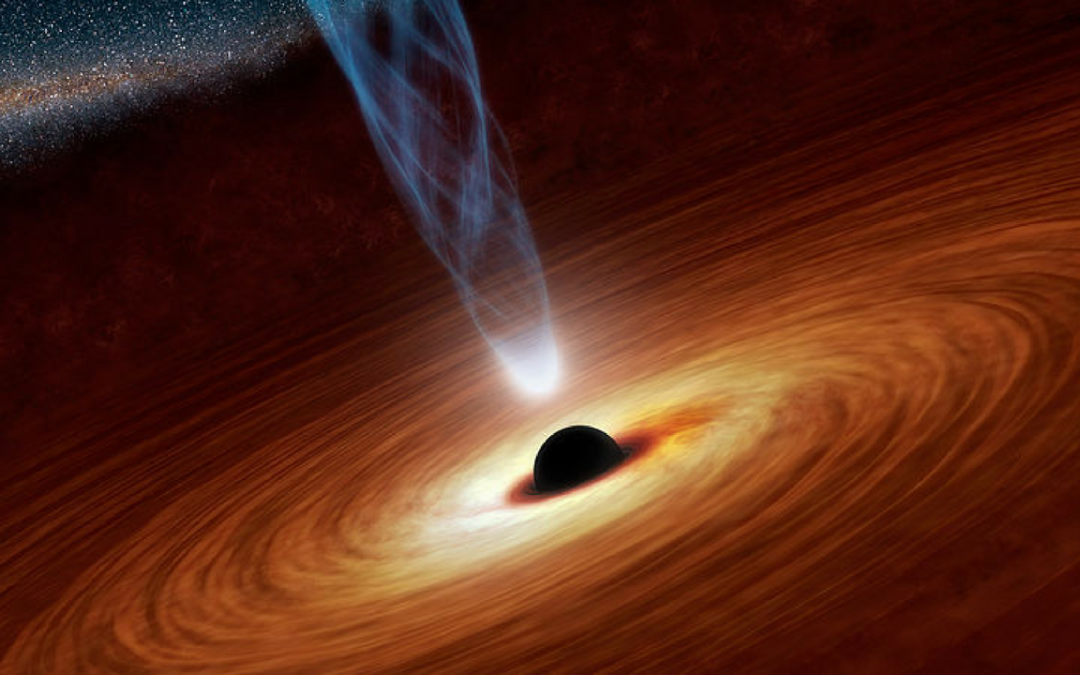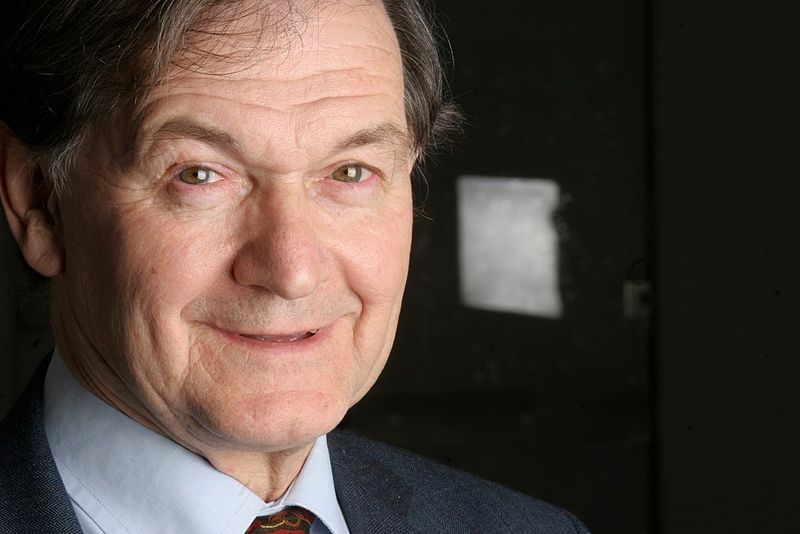Most people believe that the big bang is most likely how the universe began, but although this is the most widely believed theory, there are many others which are even more fascinating. Humans have always thought about the beginning of time, was there a beginng? who created it? Now we are closer than ever before to understanding what happened at the beginning of time.

The Big bang Theory

The Big bang is the most popular and widely believed scientific theory on the beginning of the universe. According to this theory the universe started with a small singularity and then grew over a period of 13.8 billion years into the cosmos. Scientists believe beyond a reasonable doubt that the universe has not always existed. Before it there was nothing and then the universe suddenly existed as a singularity. A singularity is believed to exist at the core of black holes. A black hole is an area in space that have intense gravitational pressure. Inside black holes are zones of infinite density, which are also infinitesimally small, and infinitely hot.

4-d Black Hole

The universe may have been formed by the debris ejected when a four dimensional star collapsed into a black hole. This theory helps fill some holes that the big bang leaves, for instance why does the universe have an almost completely uniform temperature. The answer could be that soon after the beginning of time, an unknown energy made the universe expand faster than the speed of light. A small area with uniform temperature then stretched into the universe as we know it. Our universe is three dimensional, and known as a membrane. This brane floats through a bulk universe that has four dimensions.

The Steady State Theory

The steady state theory is probably the most well known alternative to the big bang. In this model of the universe the density of matter in the expanding universe remains unchanged due to a continuous creation of matter. This theory was most popular during the 20th century but was replaced as the most popular theory by the Big Bang theory. The steady state theory asserts that although the is expanding, it doesn’t change it’s appearance over time, and that the universe has no beginning, and no end.

Tired light
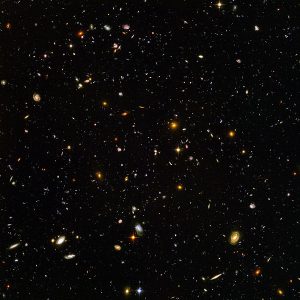
This theory claims that the energy carried by photons of light is somehow gradually dissipated as they travel through space, this results in the wavelength increasing, so that the light is shifted towards the longer wavelength, less energetic red end of the spectrum. The tired light hypothesis is compatible with the steady state models of the universe. Although this theory hasn’t been disproved most astronomers prefer the big bang theory.

The Electric Universe Theory

The theory states that electricity plays a more significant role in the universe than is generally accepted. Even the stars are powered by drift currents. The theory explains that some craters in the surface of planets are actually caused by super lightning. Gravity is actually a an electromagnetic phenomenon caused by interaction between atomic charges, free charges, and the magnetic fields of stars and planets. Comet tails, Martian dust devils, and the plumes of Enceladus are all electrical in nature. The formation of galaxies is also electrical in nature.

Eternal Inflation

You may be able to guess the gist of this theory in the name. Most theories have a period of expansion which, where the universe grew out very quickly, but this theory states that that period of expansion never ended, and that the universe is ever expanding. This period of expansion is caused by vacuum energy, where particles found themselves separated from their neighbours by vast regions of space. This process of inflation keeps going indefinitely. Our universe is one among many in this theory.

Mirror Universe
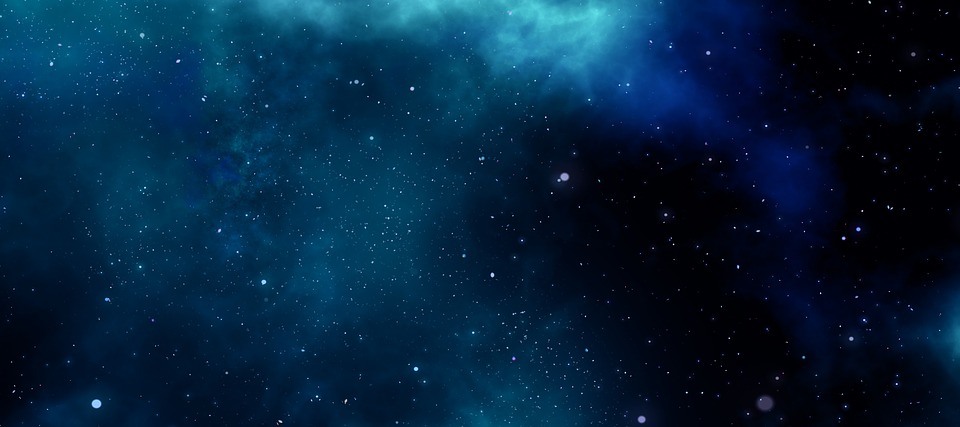
Instead of there being one universe it’s possible that there are actually two, each with time going in opposite directions. Many physicists have wondered why time only goes only goes forward. The answer is that our perception of time is just a product of entropy. Although this idea has it’s problems. Another answer is that gravity caused time to flow forward. Scientists studied a computer simulation of 1,000’s of particles interacting while influenced by Newtonian gravity. They observed that particles would eventually turn into a low-complexity state of minimum size, and maximum density. They would then expand in two directions, which resulted in two symmetric and opposing arrows of time. Instead of their being one universe, there are actually two with one going forwards in time and the other going backwards.

Conformal Cyclic Cosmology
Instead of the big bang being the beginning of the universe it’s entirely possible that the big bang was actually a transition from one aeon to another, and that the universe goes through cycles of expansion and contraction which are called aeons. Each new aeon is created by a big bang. It’s possible that universe isn’t the first or the last to spawn. This theory fills a hole left by the big bang theory. The hole is why a low entropy, highly ordered state existed at the beginning of our universe. This can be explained if we aren’t the first universe to exist.

Contracting Universe

It’s possible that the universe was originally cold and empty, and has become more active because it is actually contracting and not expanding. The theory states that the redshift observed may be caused by an increase in the universe’s mass as it contacts. Light coming from atoms depends on the mass of particles, if that atom became larger in mass the light being emitted from it would change in frequency. It’s possible that the universe had no beginning and no end, according to this theory, and that the universe instead was in a constant state of flux.

Living Universe
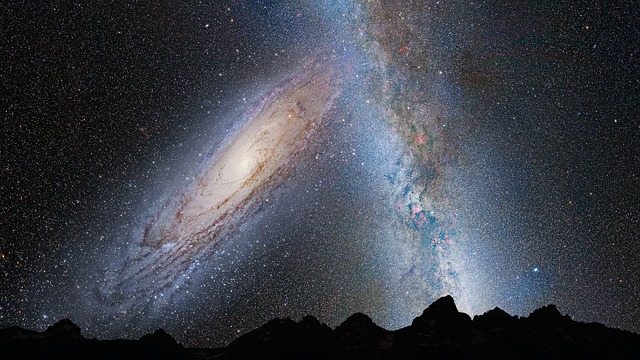
One theory is that the universe is based on eternal hierarchies of circular mechanical objects known as circlons. It claims that the history of the universe is just generations of circlons emerging through reproduction and fission processes. At least one hydrogen atom has always existed. An antihydrogen atom floated in a 3-D void. This atom would soon become the universe. The atom was made up of a positively charged proton and a negatively charged antiproton. The antiproton was gravitationally expanding faster than the positive proton, which led to it losing relative mass. Eventually the negative antiproton absorbed the positive proton and became the antineutron. Eventually The Era of the Great Frozen Fire came, and when it ended we gained the stars, planets and even consciousness.

